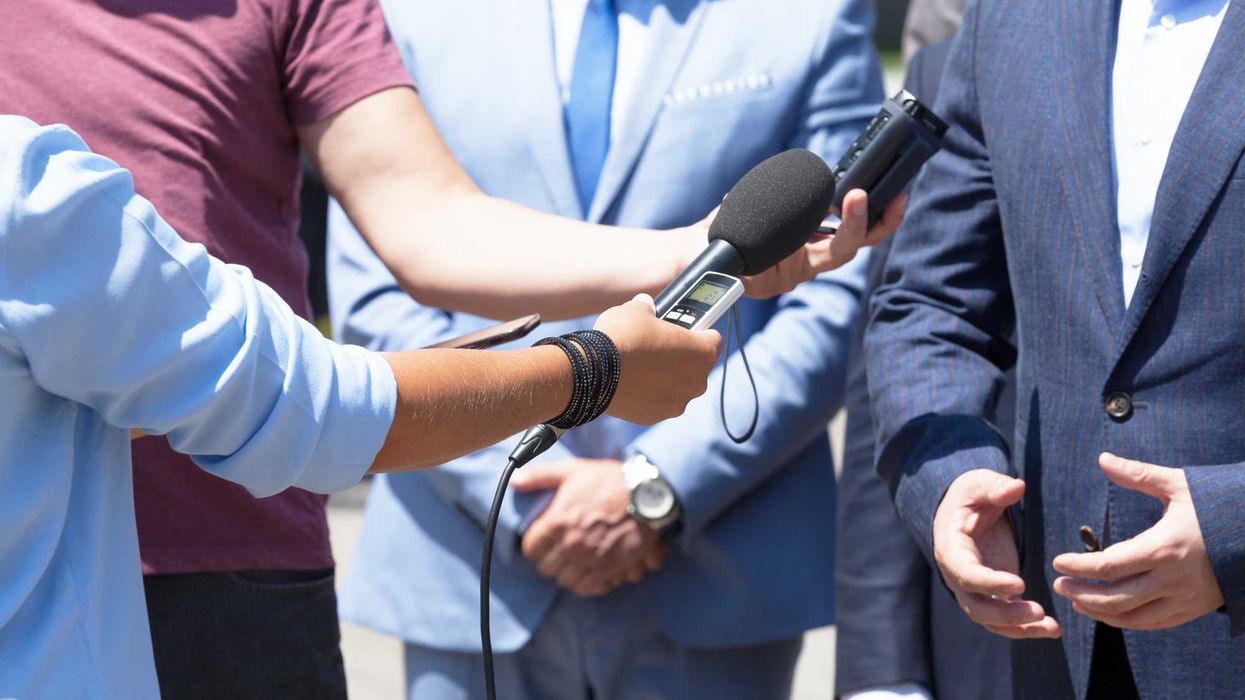Weaver is a global expert on social entrepreneurship and a member of the Scholars Strategy Network. She conducted the first large-scale empirical study on the social, economic, and legal activities of social enterprises in the U.S. and is the Founder of Weaver's Social Enterprise Directory. In 2023, she joined the Global African Descent Social Entrepreneurship Network sponsored by the Biden-Harris Administration.
Over 20 states in America have instituted policies that require high school students to take financial literacy courses. These policies aim to prepare students to manage finances, debt, and credit card usage: activities that are critical to their social mobility and economic well-being.
This education is necessary, but it is incomplete. In addition to financial literacy, students also need to understand social entrepreneurship. Entrepreneurship education, in general, can prepare students to design businesses that address consumer needs and offer job creation opportunities in their communities.
Social entrepreneurship—the process of using entrepreneurship to combat social problems—provides an even greater value by focusing entrepreneurship skills on alleviating social issues like poverty, inequality, climate change, racial tension, and more. Examples of social enterprises include Warby Parker, the glasses company that donates a pair of glasses to someone who cannot afford them with each purchase from a consumer; The Village Market, a marketplace that offers products made by Black entrepreneurs; and Newman’s Own, the brand that sells food and beverages and donates all profits to charity. In my volume Social Entrepreneurship: A Practical Introduction, I attempt to educate readers, including youth, on how to ensure their businesses can reap profits while also working toward the public good.
Social Entrepreneurship is the Future of Business
A study by the Global Entrepreneurship Monitor in 2020 reports that most entrepreneurs see and feel the weight of the problems of the world and want to address them. However, most do not know how to do so. Social entrepreneurship is viewed as a medium for alleviating social issues that are unaddressed by government, businesses, or charitable organizations.
A recent report states that Millennials and Gen Z desire work that aligns with their personal values and to work on their own terms. They have grown up in a time when societal problems are at an all-time high and social media usage is so common that these problems are on display in the palm of their hands via their cell phones and laptops every day. Social entrepreneurship education would grant them the tools needed to design, launch, and scale social enterprises.
How to Educate High School Students in Social Entrepreneurship
- There are various ways that high school administrators can advance social entrepreneurship education.
- Knowledge: My book Social Entrepreneurship: A Practical Introduction and other resources can be used in classrooms to teach students to design, launch, and run a social enterprise. High schoolers may be eager for opportunities to work with these curricula.
- Training: Online training programs for social entrepreneurs like those I have organized can be tailored to audience needs for implementation in U.S. high schools and beyond. Short but intensive training programs can boost skills quickly and deliver extra support to students who have decided they are strongly interested in pursuing entrepreneurship.
- Inspiration: High schools should invest in inviting guest speakers that share their social enterprise success stories with students. Organizations like B Lab and Social Enterprise Alliance would be great resources to identify speakers that are running high-profit social enterprises that are indeed transforming lives.
- Competitions: Our youth have amazing ideas! Entrepreneurial pitch competitions are a valuable way to allow students to share their idea with an audience, learn how to design their social enterprise with mentors, and then launch it with funding they can win in the competition.
- Exposure: A number of successful and popular social enterprises like Ben and Jerry’s Ice Cream Factory in Burlington, Vermont, and Greyston Bakery in Yonkers, New York offer tours of their facilities. These tours provide an opportunity for students to see how their products are made, explore the history of the organization, and outline opportunities for students to work or volunteer.
Social entrepreneurship is the future of business. The better we can prepare future leaders to run businesses that not only create value for themselves and their consumers, but that advance quality of life for society as a whole, the more likely they are to succeed. High school administrators who follow the above guidelines can help create the conditions necessary for their success.
This writing was originally published through the Scholars Strategy Network.

















